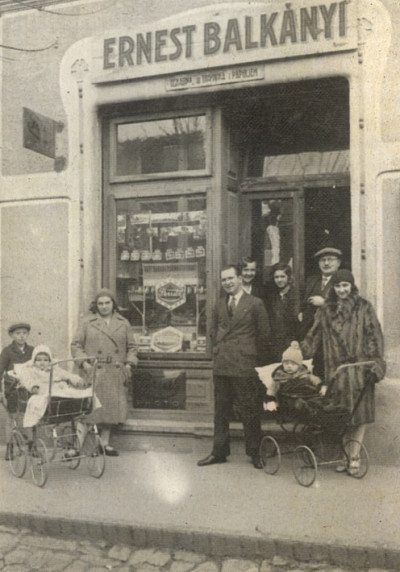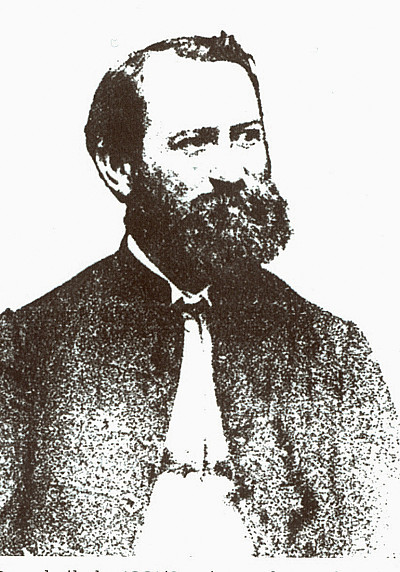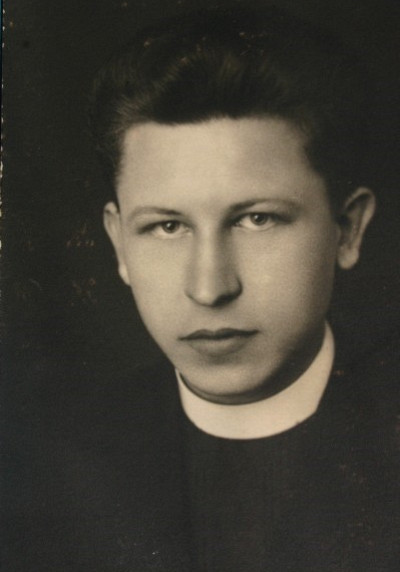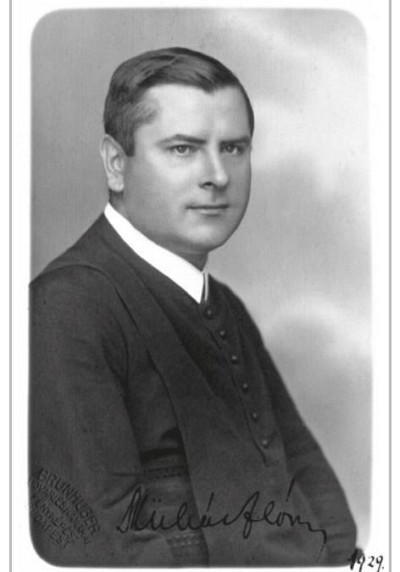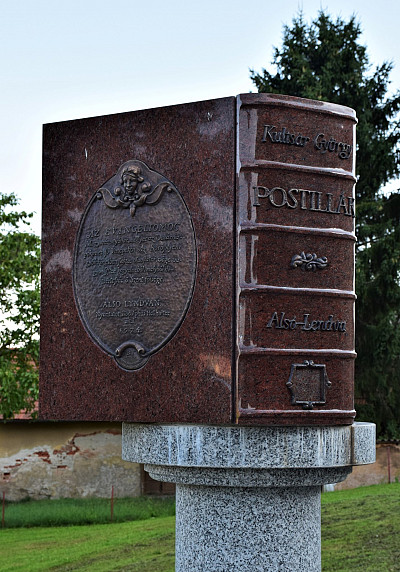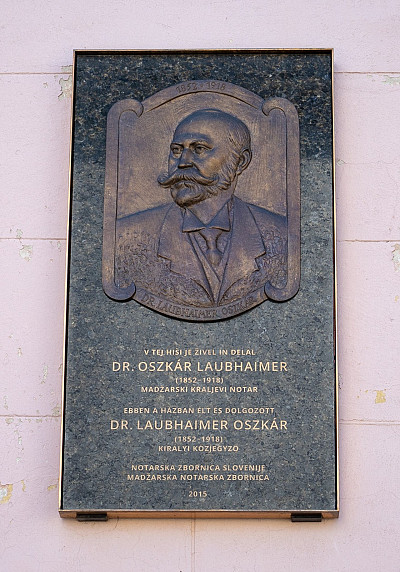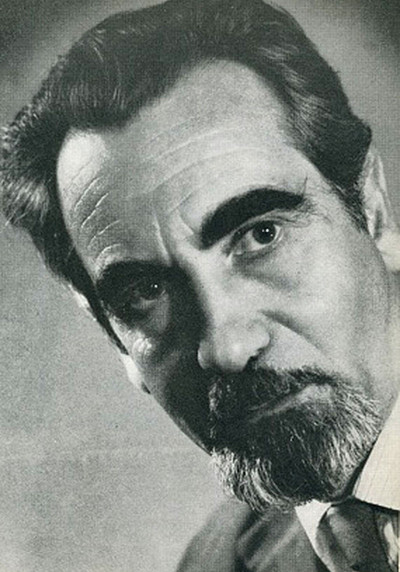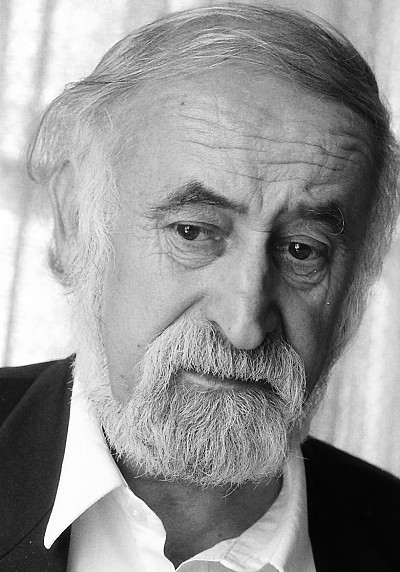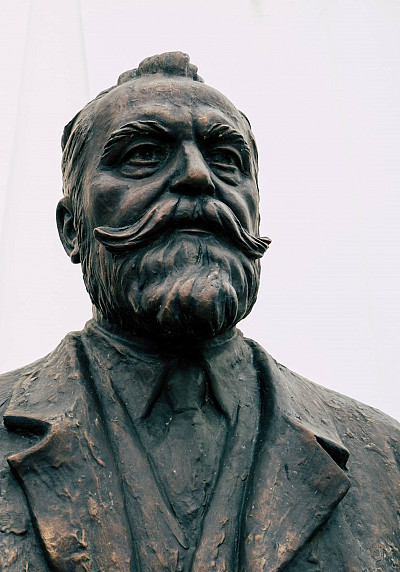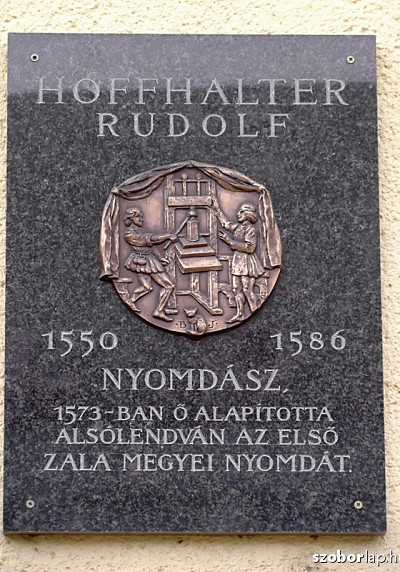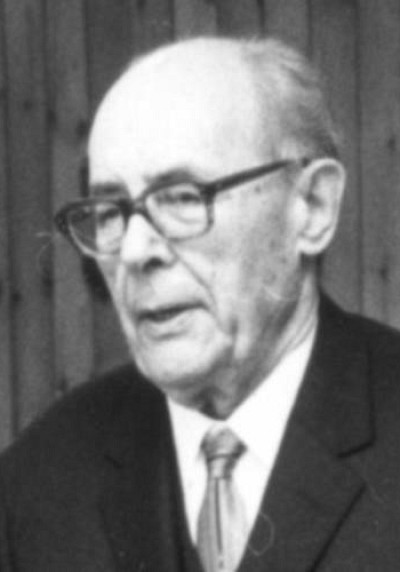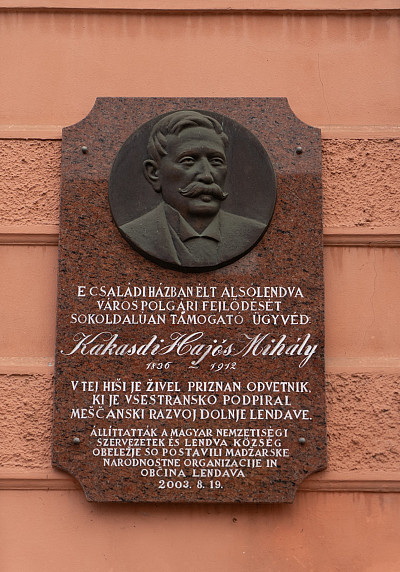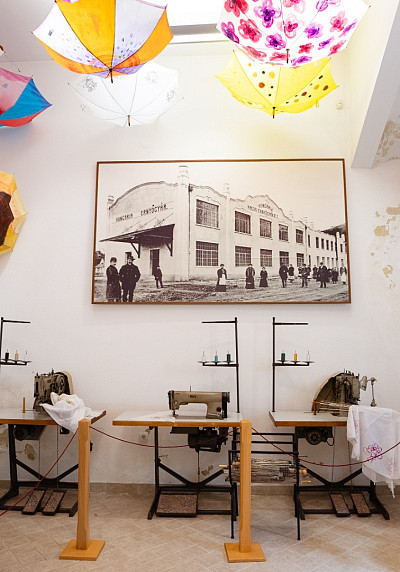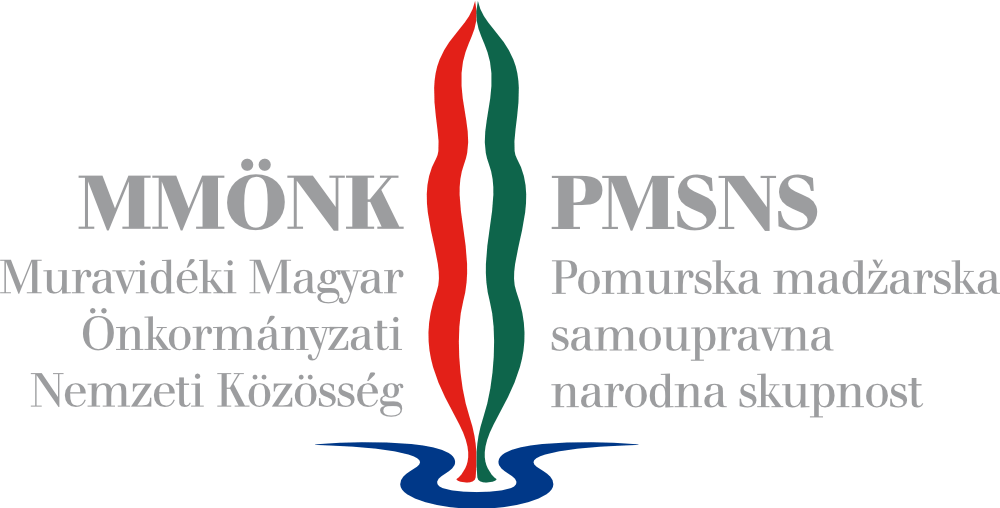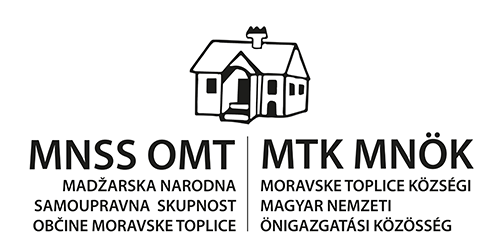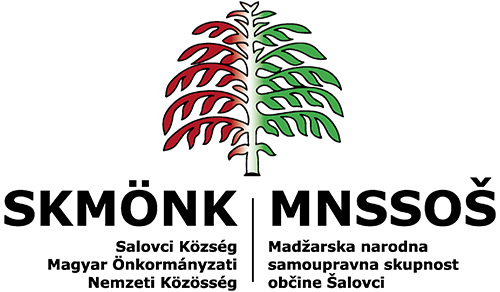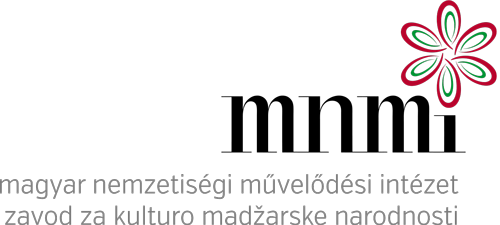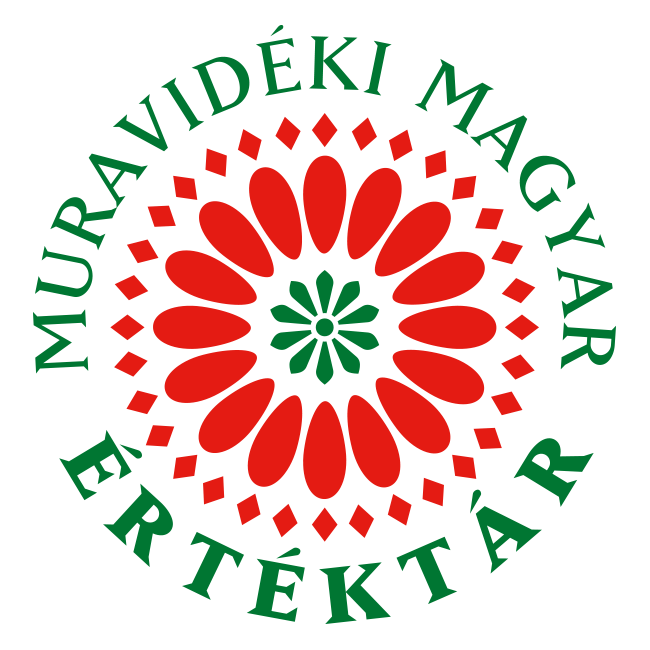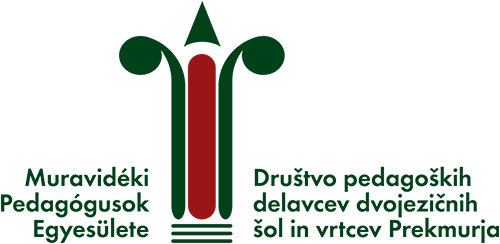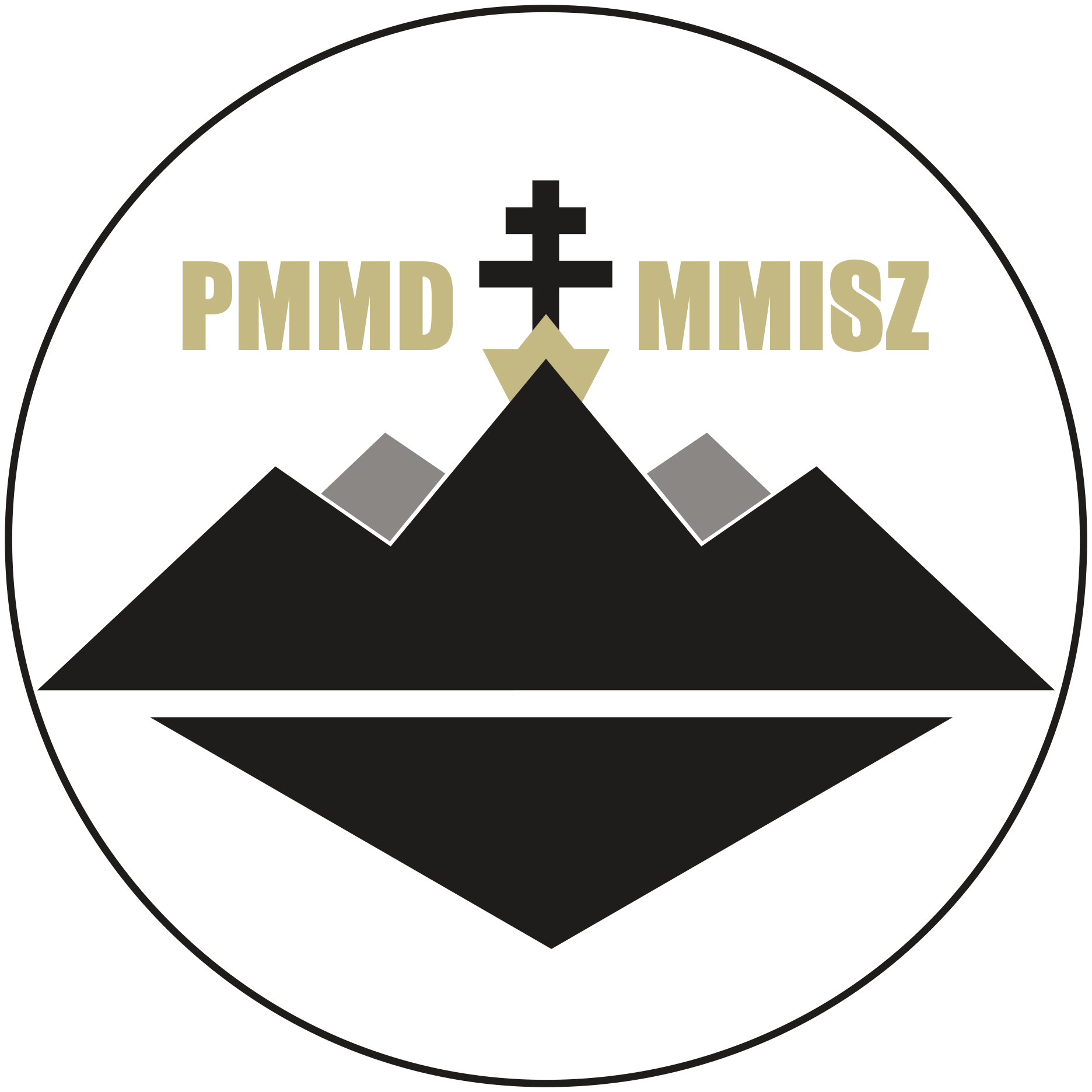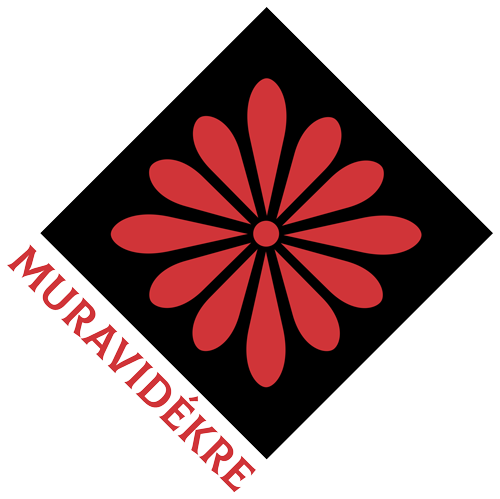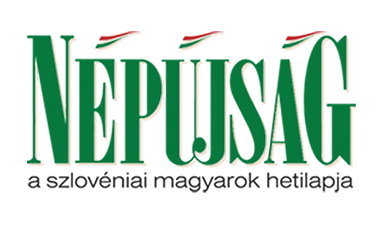Faragó Márton
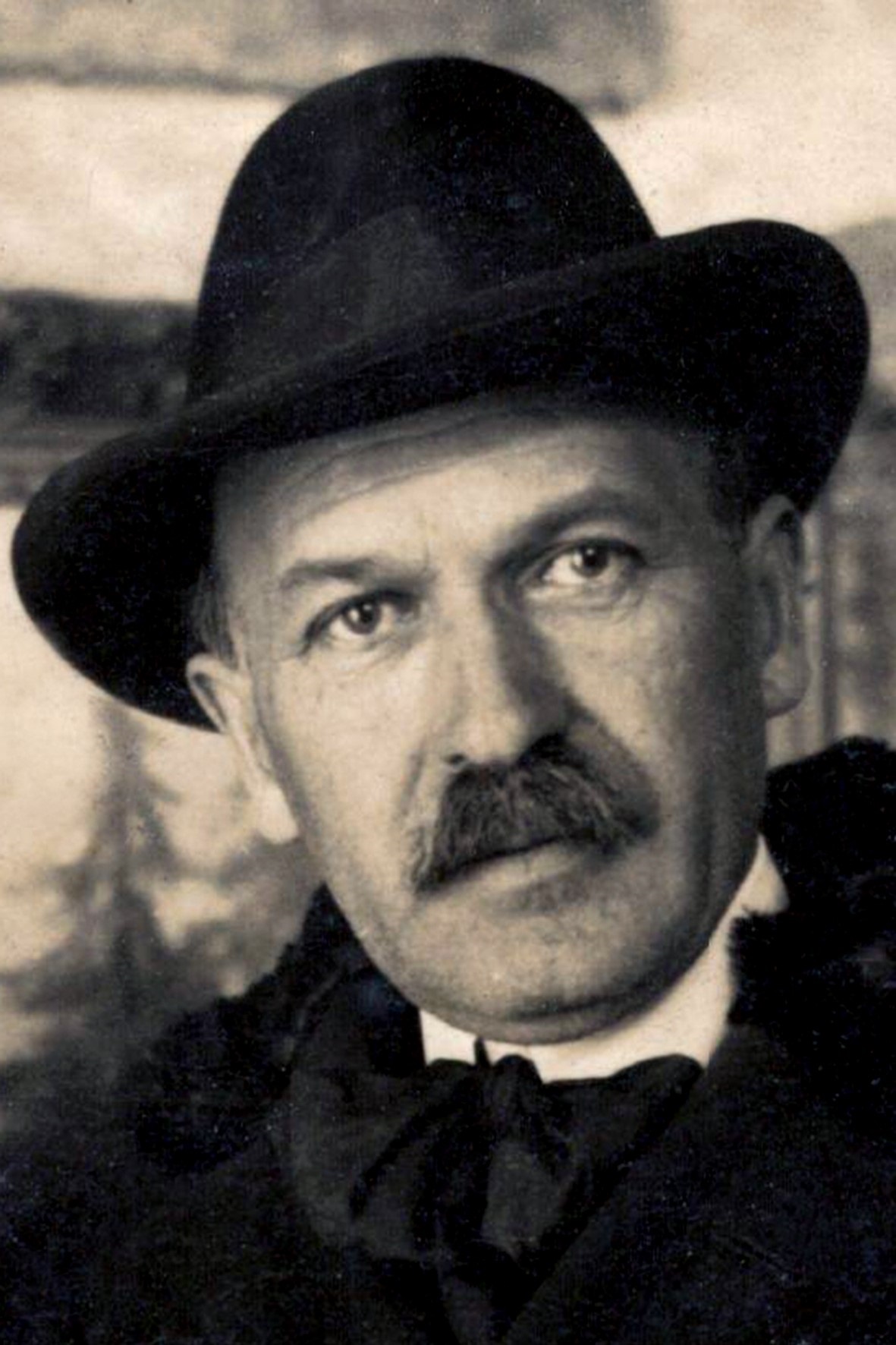
Márton Faragó is considered to be the first professional painter of Dolnja Lendava. He was born as Mór Freyer on the 21st of May, 1880, in Dolnja Lendava and was the eighth and youngest child of Fülöp Freyer and Borbála Rosenberg. Between 1889 and 1895, he attended the State bourgeois school of Dolnja Lendava. He started his Fine Arts studies in 1895 in Budapest, at the Hungarian Royal National School of Arts and Crafts.
He perfected his painting skills beside painter Simon Hollósy who was one of the most extraordinary painters at the turn of the 20th century. It is assumed by some that Faragó met the famous painter couple, Ferenc Sass Brunner and his wife Erzsébet, in Tyachiv (Ukraine), at the arts colony that was founded by Hollósy. Faragó and the Sass Brunner´s launched a school for painters in Szombathely which also held several art exhibitions.
With regards to Márton Faragó´s work during his stay in Dolnja Lendava, we only know that he painted several portraits. One of them, which verifies that he really was a talented painter, is a portrait of an unknown woman from 1916. Another portrait he completed depicts one of the most famous inhabitants of Dolnja Lendava, the lawyer Mihály Hajós.
During WWI, he was a soldier. From this period, numerous etchings of Bosnian and Montenegrin landscapes made with ink-pencil are known, as well as a few paintings from the front and portraits. After WWI, in 1918, he settled to live in Letenye. In 1929, he moved to Nagykanizsa where he taught painting to individuals, gave private classes and prepared the students for the academy.
An almost inevitable motif of Faragó´s paintings were flowers or a tiny and vivid dash of colour but this mirrored the painter´s personality rather than the social conditions of the era.
In 1942, he painted the altarpiece in the evangelical church of the settlement Sand, in Zala County. The altarpiece depicts Jesus praying in Gethsemane. His painting entitled Ecce homo was made in the same period. With its expressive force, it stands out from the painter´s impressionistic landscape paintings and mirrors his emotional state as well as his opinion concerning the horrors of WWII.
He passed away in 1947 in Nagykanizsa.
Literature and source of photograph:
• Lendvai Kepe Zoltán: Faragó Márton. Egy lendvai festő a fronton. 2017
• Lendvai Kepe Zoltán: Faragó Márton. Egy elhallgatott történet. Galéria-Múzeum Lendva. 2015
• Faragó Márton | KKC Lendava – Lendvai KKK (kl-kl.si)

